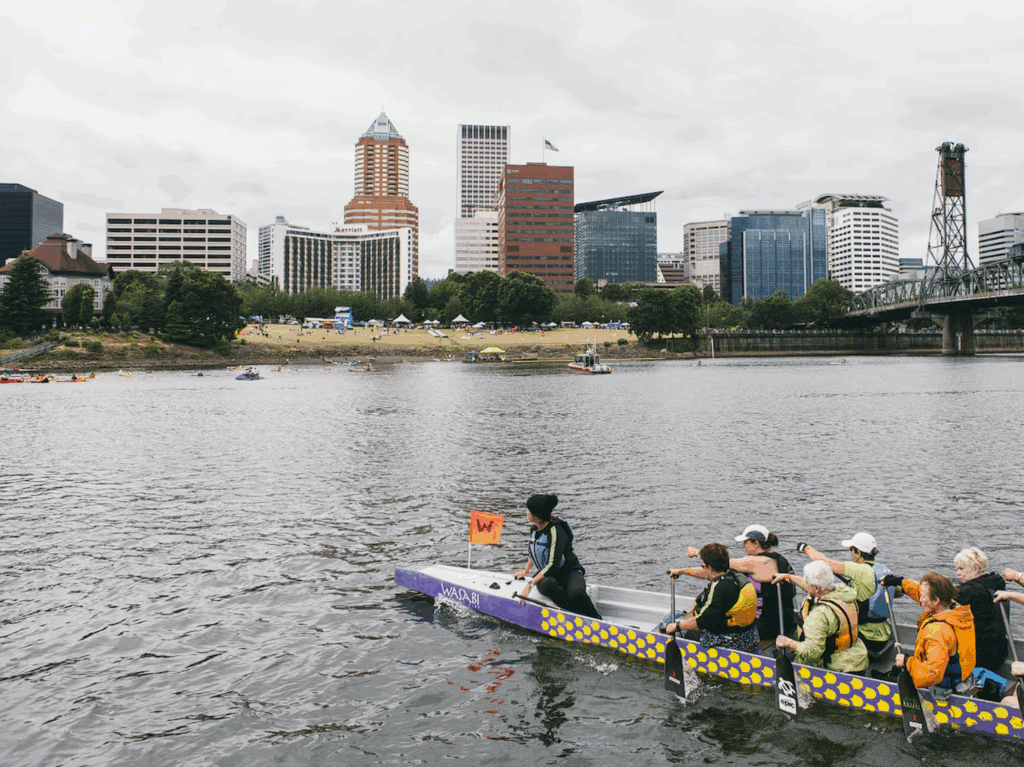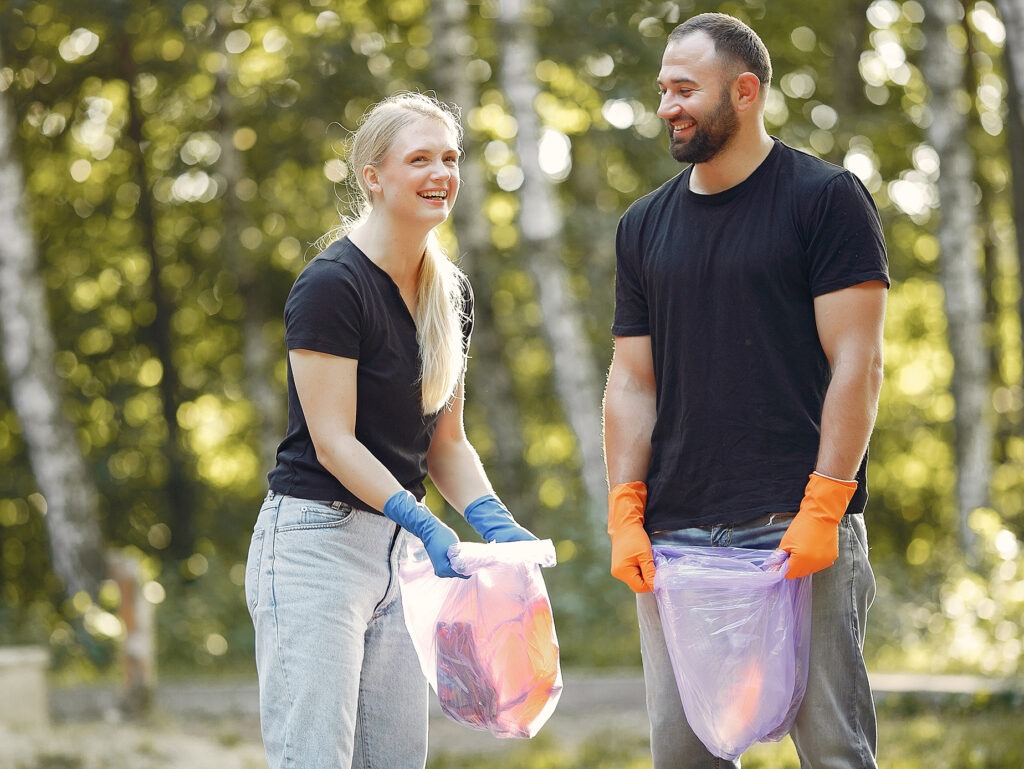Salmon & Tires
Author
Posted
Share

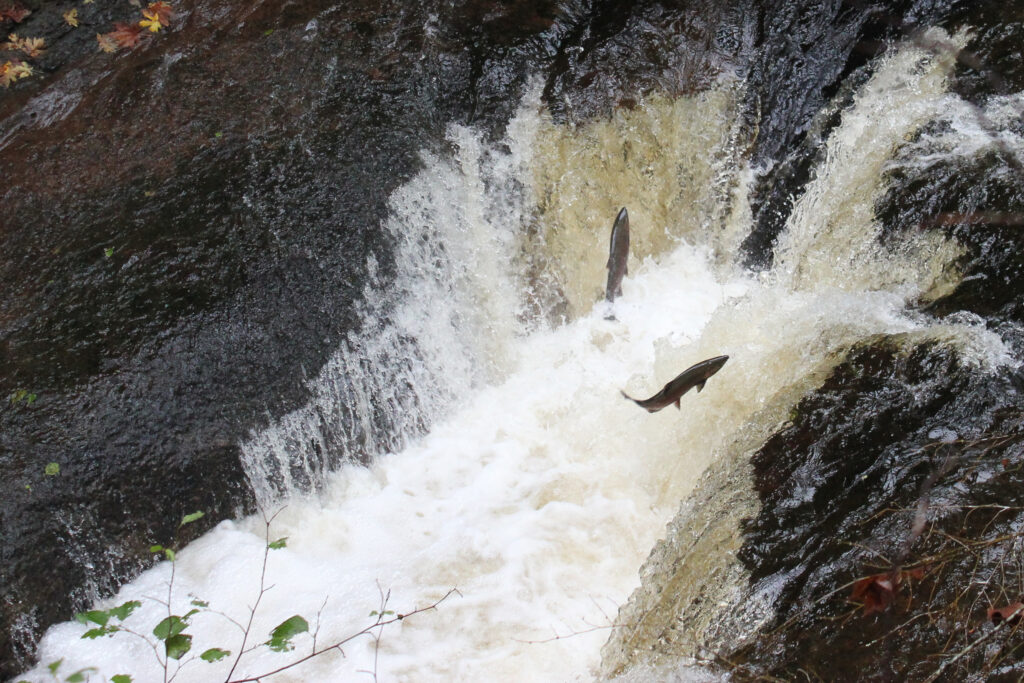
Have you ever seen salmon spawning in a river? It’s kind of magical.
I saw my first salmon spawning when I was in my early twenties. I was on the Clackamas River with my buddy. We were scoping out water to practice our casting. Flyfishing was new to both of us. I saw something splashing on the opposite bank, and we waded over to take a look.
I was stunned by how large the fish were and by their numbers. It was a real wildlife encounter. It’s one thing to see salmon in the supermarket or on a television show, and another to see the struggle of these endangered fish up close.
Their fins were skinned from kicking up the gravel to dig nests. The rotting skin was covered with a white fungus. To think of their journey—in the ocean and their return to this place, the evidence of their struggle, their near-death experience—was so real. Yet at the same time, this was their moment to give birth to young, to carry on a new generation. Living and dying was in the same kick of the fin. I was just there witnessing it, standing in the middle of the river. The water rushing between our feet, it was like we were part of it all.
The experience moved me so much that I started down a career path to help these fish.
The most heartbreaking thing I’ve ever seen in my work in water quality was a bright silver coho salmon dead on the stream bank. This was in Troutdale, Oregon on Beaver Creek. It didn’t have rotted fins or any evidence of struggle—it looked like it had just swum up from the ocean.
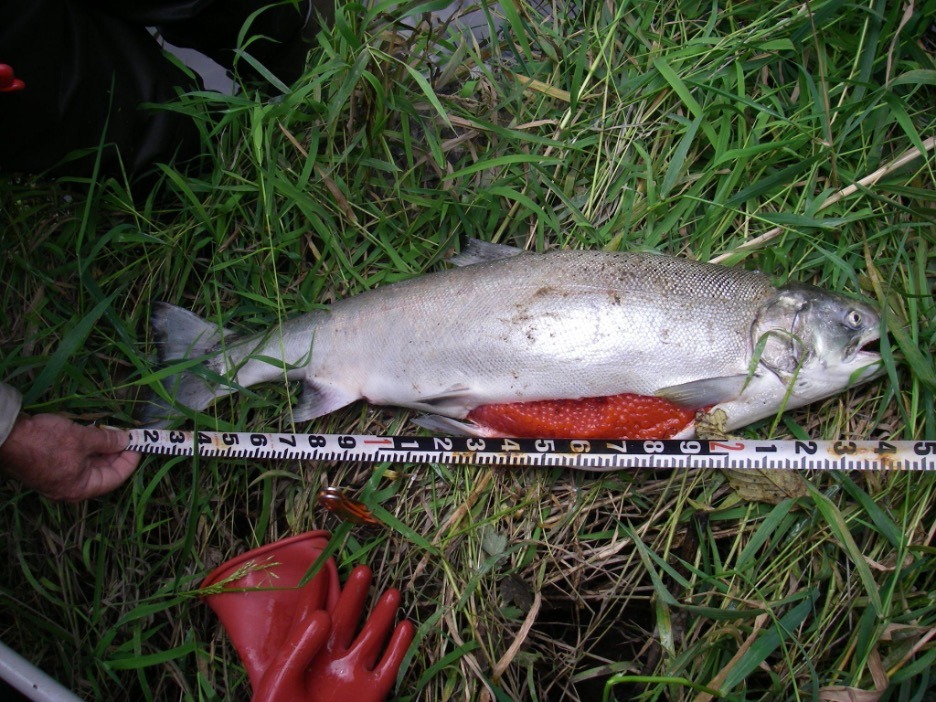
My colleague, a fish biologist, cut it open and showed me the belly was still full of eggs. This was a case of “pre-spawn mortality,” a kind of sudden-death syndrome that had been noted since the 1980s in the Seattle area. For over twenty years, scientists in Washington had studied this phenomenon and came up short on any answers.
That was until a couple of years ago, when biologists in Washington, including Dr. Jennifer McIntyre and her colleagues at Washington State University, found that pieces of used tires could produce the same sudden death they’d seen in the stream. In early May of 2021, the team of scientists was able to confirm that a chemical used in tires to keep the rubber flexible is the culprit. I’ve followed this story for my whole career, and I can’t tell you what this news means to me.
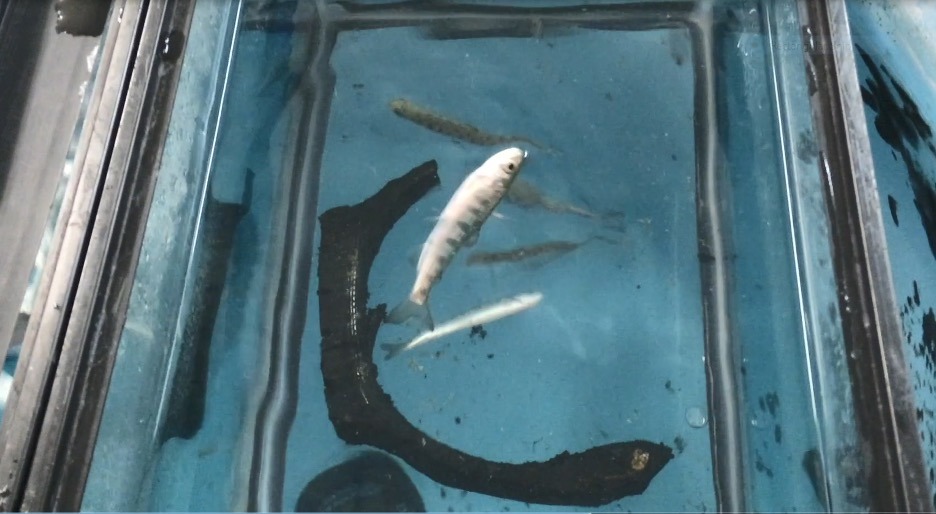
Now, imagine all the tires you see when you’re out and about. They are everywhere, and tires wear down every mile you drive. Imagine trying to stop these chemicals from washing into the stream when it rains. This is one reason runoff from our streets is considered the most significant growing source of pollution in our rivers.
It’s a huge burden to know this. It’s a burden to water scientists, folks who fish, tire manufacturers, the thousands of volunteers who help clean up our streams, government agencies who take care of our streets, and anyone who cares about our environment. This is a burden we all carry.
When we designed the automobile and built our streets over a hundred years ago, we didn’t anticipate we’d be riding on the smoking gun. Honestly, I thought it would have been something else. There have been some bad pollutants in our waters, but surprisingly, they weren’t quite as lethal to salmon.
It’s a lot to think about. Driving less and keeping tires inflated to the optimum pressure are part of the solution. But there have to be other answers. Check out my next blog post on how we can filter these chemicals with soil.
We are going to help these fish thrive someday. We’re just getting started.

Related Posts
Oregon Water Stories: Multnomah County
Oregon Water Stories is a project of PSU Professor Melissa Haefner’s freshman inquiry class, running…
Celebrating Earth Day 2025
Happy Earth Day 🌎 🌍 🌏 You can make an impact today—and every day—by connecting…
Oregon Water Stories: Jefferson County
Oregon Water Stories is a project of PSU Professor Melissa Haefner’s freshman inquiry class, running…


